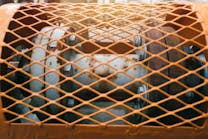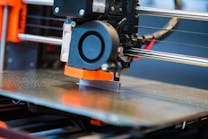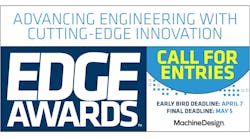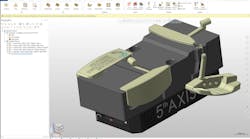3D Printing for Production Parts: On the Slope of Enlightenment (.PDF Download)
When it comes to 3D printing for production parts, it’s no mystery why aerospace and defense companies are leading the pack (with medical device firms a distant third). They’ve sunk the most money into the R&D behind it, and they have customers for whom performance is paramount and price is seemingly no object.
For other industries, 3D printing is still mainly used for prototyping, if at all. Companies in most industries are waiting to see how the various technologies and capabilities shake out, and which might be suitable for making production parts that meet their needs and contribute to the bottom line. For example, there already an alphabet soup of different 3D printing methods (DLS, FDM, CLIP, SLA, DLP, SLM, EBM, and LOM, plus an array of “jetting” versions and various hybrids), with new, potentially game-changing ones always popping up on the horizon. They all have different strengths and weaknesses (speed, cost, resolution, surface finish, part strength, build volume, and materials, to name a few). And speaking of materials, 3D printers can use Nylon (polyamides), ABS, resins, stainless steel, Inconel, gold, silver, titanium, gypsum, and ceramics. The material questions add another layer of complexity for companies contemplating 3D-printed production parts.








